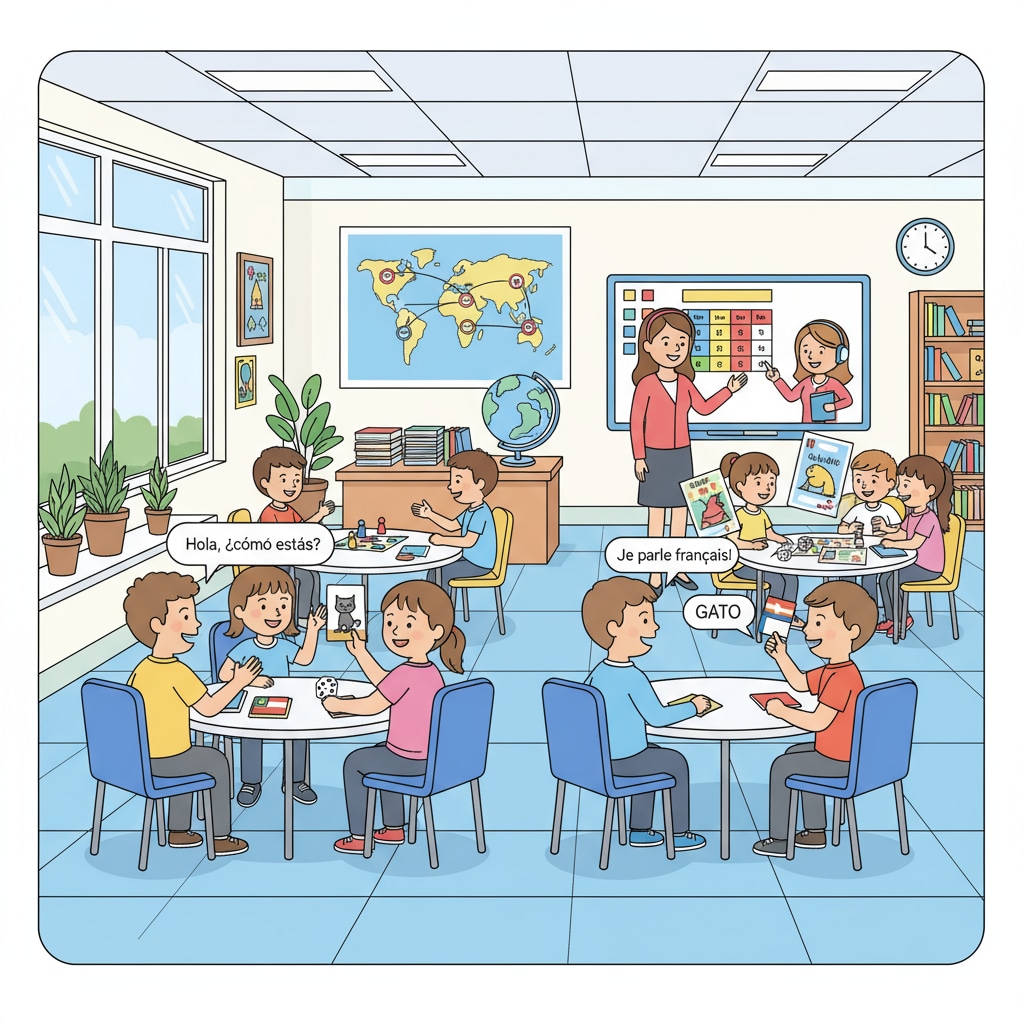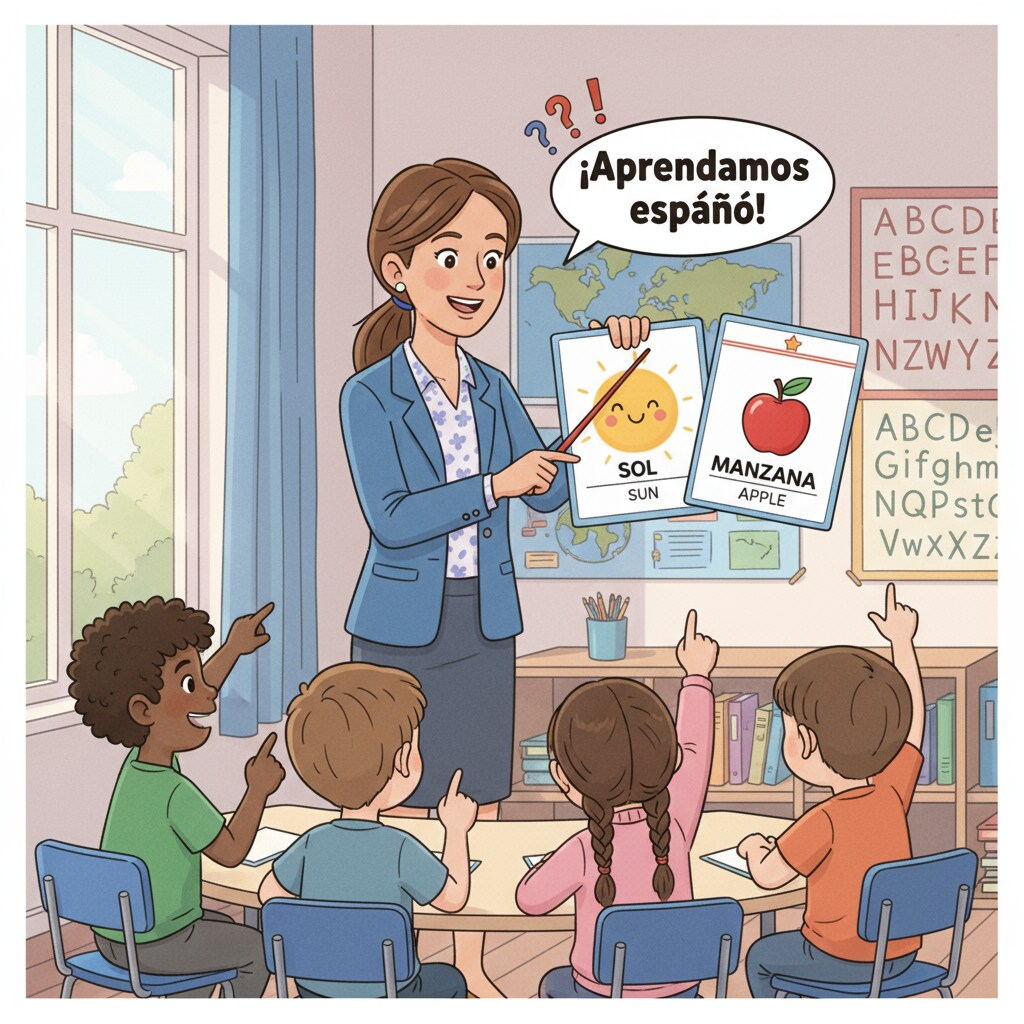In the realm of education, language teaching in early primary school holds a crucial position. The teaching methods employed during this stage can significantly impact a child’s language acquisition and overall development. This article aims to explore effective strategies for second language teaching in early primary school, offering valuable insights for educators.

Understanding Different Teaching Models
There are various teaching models available for second language instruction in early primary school. One common approach is the immersion method, where students are surrounded by the target language in all aspects of the learning environment. This helps them develop natural language skills as they are constantly exposed to authentic language use. For example, in an immersion classroom, all lessons, including math and science, are taught in the second language. However, this method may pose challenges for students who have little prior exposure to the language. Another model is the communicative approach, which focuses on real-life communication. It encourages students to interact with their peers and teachers in meaningful conversations, enhancing their speaking and listening skills. As a result, students become more confident in using the language in practical situations. Language immersion on Wikipedia
Effective Resource Management
Proper management of teaching resources is essential for successful second language teaching in early primary school. Teachers can utilize a variety of materials, such as textbooks, multimedia resources, and online platforms. Textbooks provide a structured curriculum, while multimedia resources like videos and audio materials can make learning more engaging. Online platforms offer interactive activities and games that can reinforce language learning. In addition, teachers can create their own resources, such as flashcards and worksheets, tailored to the specific needs of their students. By effectively managing these resources, teachers can enhance the learning experience and keep students motivated.

Educational media on Britannica
To ensure the effectiveness of second language teaching, educators need to implement proper evaluation methods. This can include regular assessments, such as quizzes and tests, to measure students’ progress in grammar, vocabulary, and pronunciation. Teachers can also use performance-based assessments, like role-plays and presentations, to evaluate students’ communicative skills. Feedback is a crucial part of the evaluation process. By providing constructive feedback, teachers can help students identify areas for improvement and encourage them to continue learning. In conclusion, effective strategies for second language teaching in early primary school involve understanding different teaching models, managing resources efficiently, and evaluating learning outcomes accurately. These strategies can lay a solid foundation for students’ language proficiency and future academic success.
Readability guidance: Short paragraphs and lists are used to summarize key points. Each H2 section provides a list where possible. The proportion of passive voice and long sentences is controlled, and transition words are scattered throughout the text.


